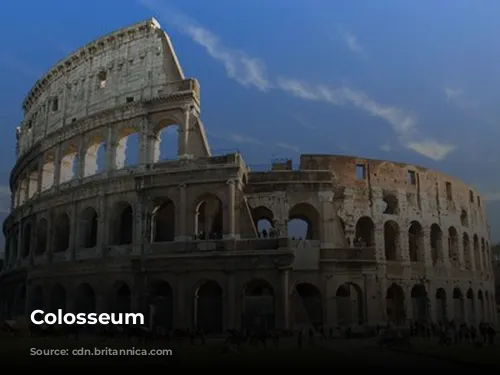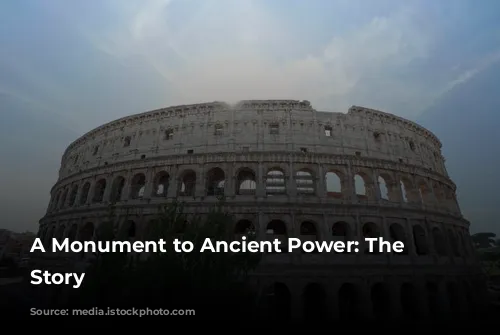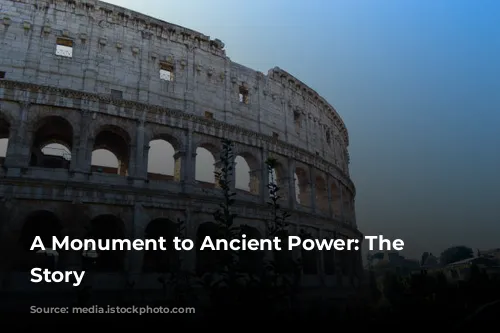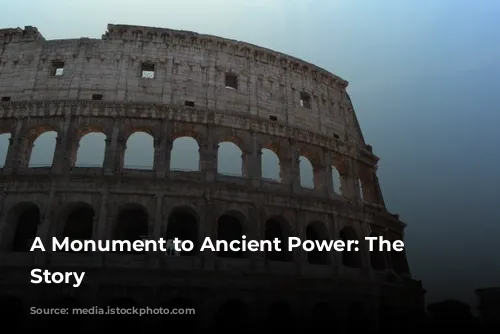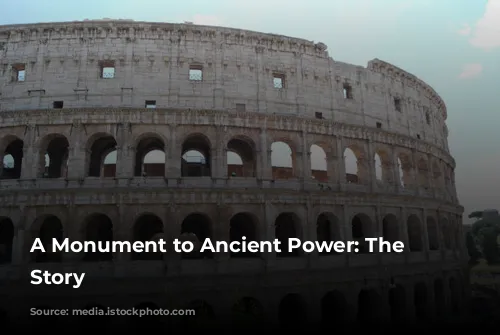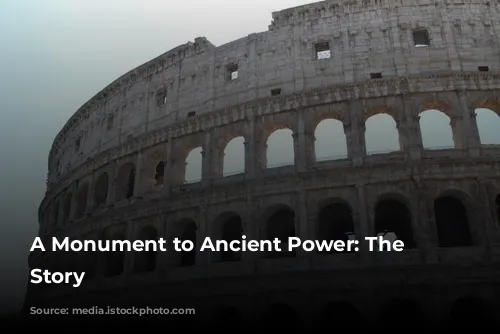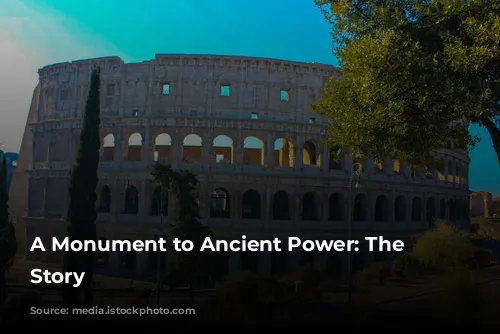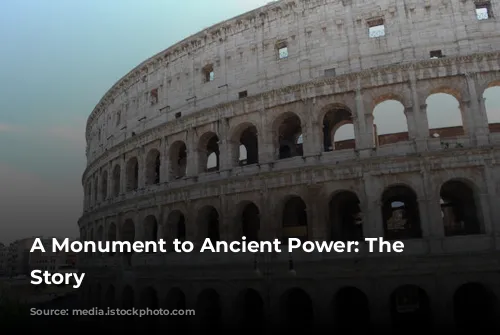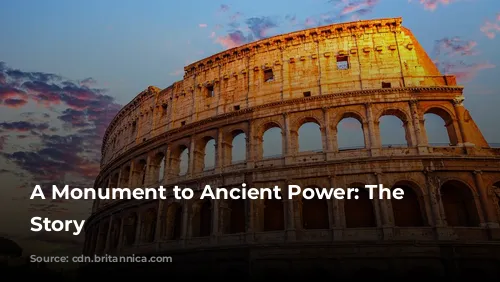The Colosseum, an iconic symbol of ancient Rome, stands as a testament to the architectural brilliance and engineering prowess of its creators. This impressive structure, one of the few remaining intact from the Roman Empire, continues to mesmerize visitors from around the world. The Colosseum’s enduring popularity makes it a vital source of tourism revenue for Italy, generating over $63.3 million (€53.8 million) in 2018 alone. This figure makes it the top tourist attraction in the entire country, surpassing even the Roman Forum and Palatine Hill combined.
From Arena to Quarry: The Colosseum’s Transformation
The Colosseum’s journey through time has been marked by both glory and neglect. After the fall of the Western Roman Empire, this magnificent arena fell into disrepair. During the 12th century, it was repurposed as a fortress by powerful families like the Frangipane and Annibaldi. Later, in the late 15th century, Pope Alexander VI sanctioned its use as a quarry. This period of neglect lasted for over a thousand years, until state-funded restoration efforts commenced in the 1990s.
A Symbol of Imperial Ambition: The Colosseum’s Construction
The Colosseum’s construction was a grand project, a testament to the ambitions of the Flavian emperors. Following the tumultuous “Year of the Four Emperors” in 69 CE, Emperor Vespasian sought to revitalize Rome. Like other amphitheatres, the Colosseum was envisioned as a hub for entertainment, hosting thrilling gladiatorial contests, animal hunts, and even elaborate mock naval battles.
The building of the Colosseum commenced under Vespasian’s reign between 70 and 72 CE. His son and successor, Titus, dedicated the completed structure in 80 CE. Emperor Domitian, Titus’s brother, added the fourth story in 82 CE. It’s important to note that the arena was financed with spoils from Titus’s conquest of Jerusalem in 70 CE, and its construction was carried out by enslaved Jews from Judea.
A Structure of Grand Scale: The Colosseum’s Design
The Colosseum, also known as the Flavian Amphitheatre, is an elliptical masterpiece constructed from stone, concrete, and tuff. This imposing structure, rising four stories high, measures 620 by 513 feet (189 by 156 meters) and could accommodate a staggering 50,000 spectators. Its renowned use for gladiatorial combat solidified its place in history.
The Colosseum, located just east of the Palatine Hill, was built on the site of Nero’s Golden House. The palace’s artificial lake was drained to make way for this grand structure. This symbolic gesture highlighted Vespasian’s desire to replace the tyrannical emperor’s private domain with a public arena for the enjoyment of thousands of Romans.
A Masterpiece of Engineering: The Colosseum’s Features
The Colosseum’s construction is a marvel of engineering. Unlike earlier amphitheatres, which were often built into hillsides for support, the Colosseum stands as a freestanding structure of stone and concrete. Its impressive size and complex system of barrel and groin vaults make it truly remarkable. The structure’s three lower stories are adorned with arcades framed by engaged columns in the Doric, Ionic, and Corinthian orders. This elegant arrangement of columns served as inspiration for the Renaissance codification known as the “assemblage of orders.”
The Colosseum’s main framework and facade are crafted from travertine, while volcanic tufa forms the secondary walls. Concrete was used for the inner bowl and arcade vaults. To shield spectators from the sun, a massive retractable awning, known as a velarium, was installed. Supporting masts extended from corbels built into the Colosseum’s top story, and hundreds of Roman sailors were responsible for manipulating the rigging to extend and retract the velarium.
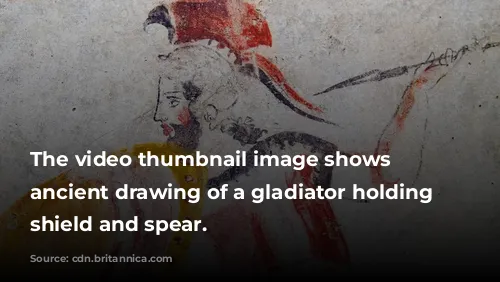
A Stage for Spectacle: The Colosseum’s Use
The Colosseum witnessed countless spectacles, from fierce gladiatorial battles and contests between men and animals to elaborate mock naval engagements. However, the arena’s association with the martyrdom of early Christians remains a matter of debate.
Over the centuries, the Colosseum was transformed from a grand arena into a church and eventually a fortress. It suffered damage from lightning, earthquakes, vandalism, and pollution. The once magnificent marble seats and decorative elements were stripped away, and the site was used as a quarry for over a millennium.

From Neglect to Renewal: The Colosseum’s Restoration
The 19th century saw the beginnings of serious preservation efforts, led by Pope Pius VIII. In the 1990s, a major restoration project was undertaken, breathing new life into this iconic landmark. The Colosseum remains one of Rome’s most popular tourist destinations, attracting nearly seven million visitors annually. Regularly changing exhibitions showcase the rich culture of ancient Rome, further enriching the visitor experience.
The Colosseum, a testament to the enduring power of human ingenuity and a symbol of Rome’s glorious past, continues to inspire awe and wonder in visitors from around the world. Its journey from a thriving arena to a forgotten ruin and finally to a restored monument underscores the cyclical nature of history and the remarkable resilience of this architectural masterpiece.
